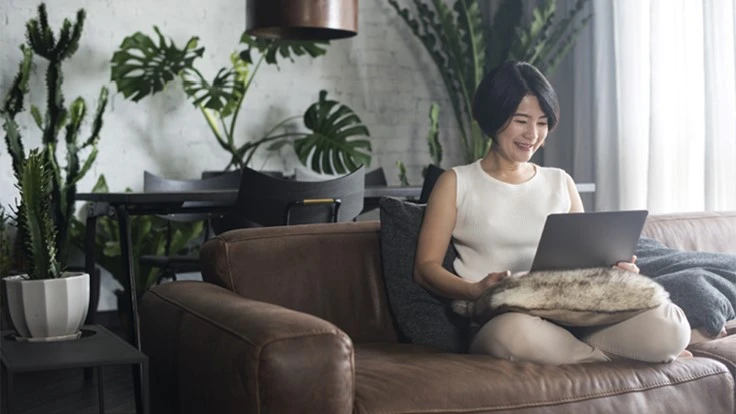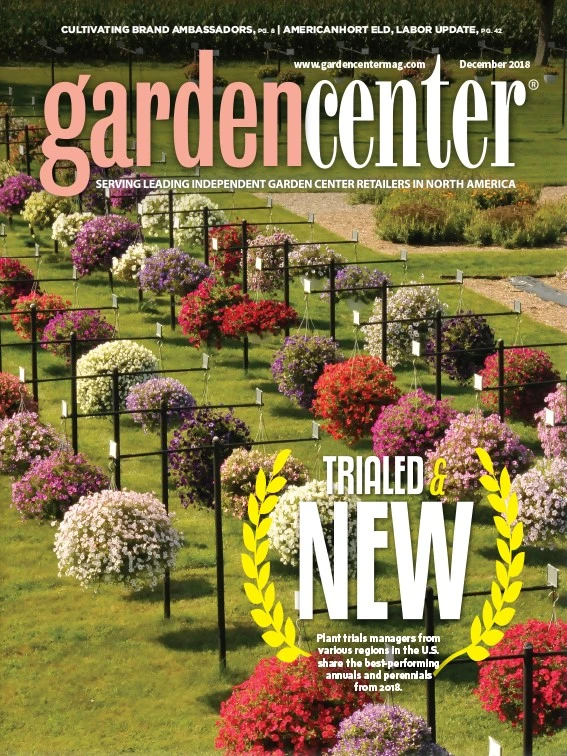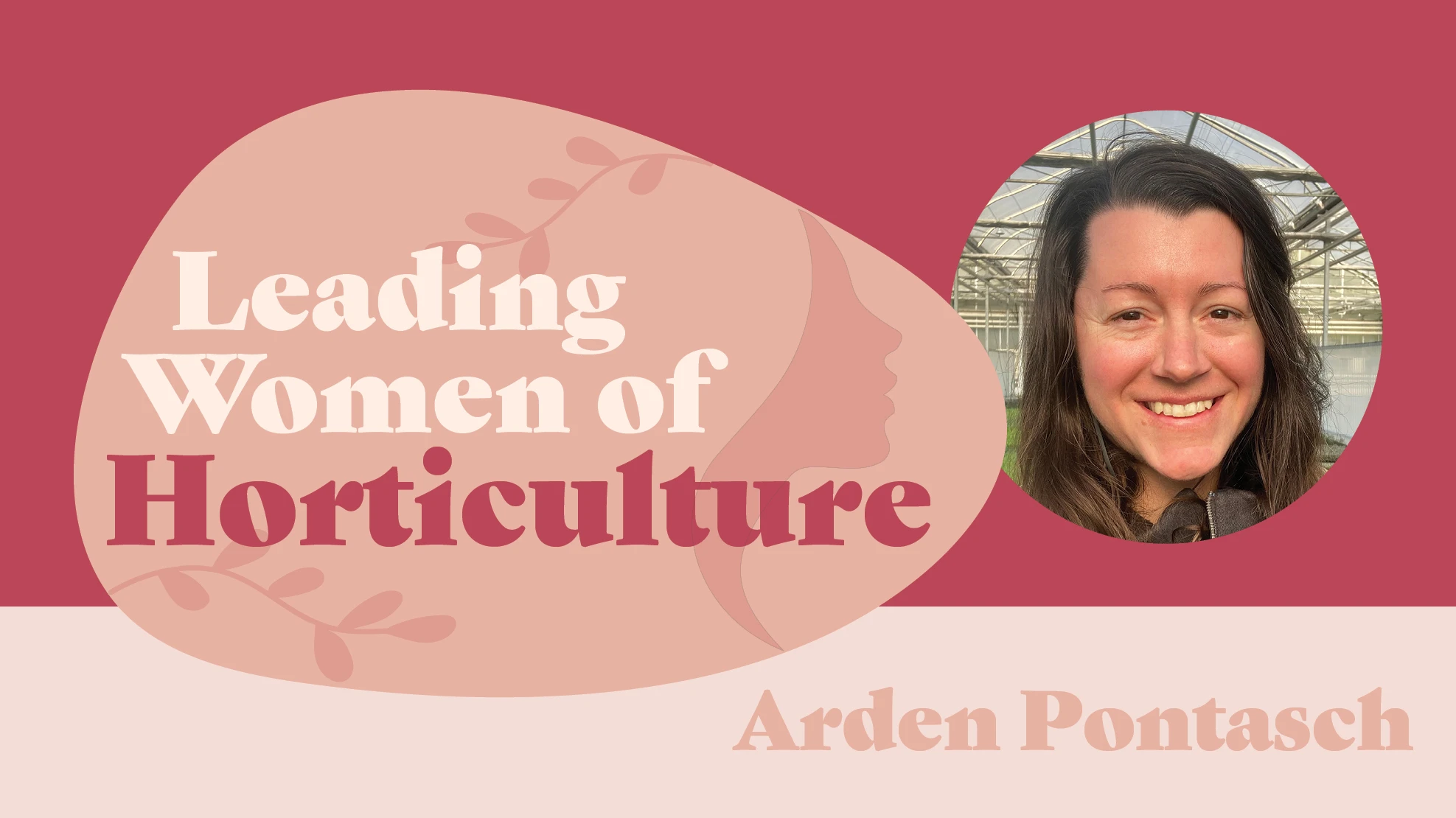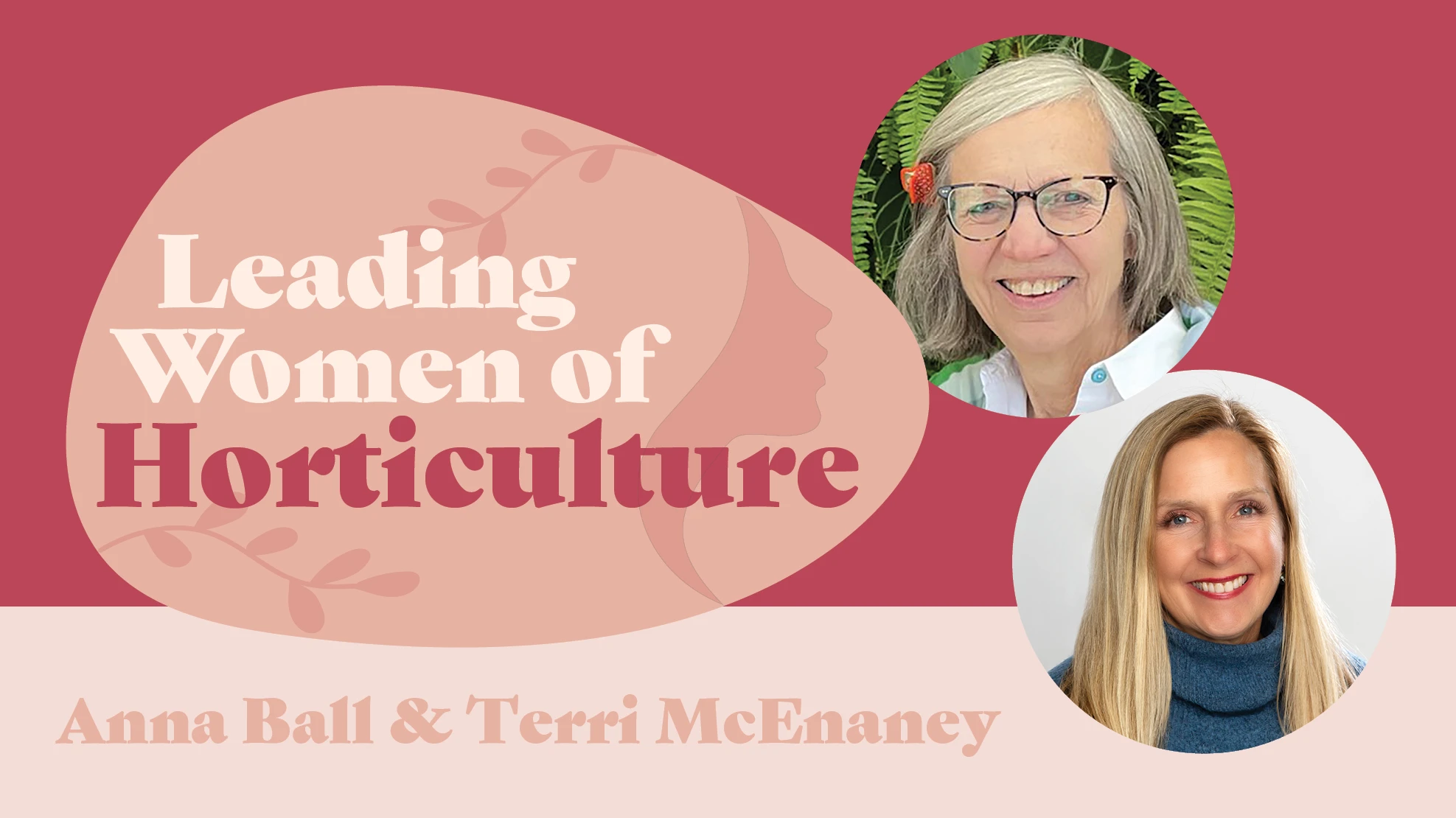
Photo: Bearinmind, Adobe Stock

If you’re like most garden centers around the country, you’ve probably seen a good boost in indoor plant sales over the last year or two. If you’re doing your due diligence and following plant trends on Instagram, then you’ll also know there’s a big indoor green wave enveloping many younger plant consumers. Indoor plant parenting and collecting is in. Plant collectors are filling their spaces with as many plants as they can manage. The jungle-ier, the better.
What’s hip in the house
Expect to see an increase in interest in indoor ferns, philodendron, oxalis, alternative Pilea and Peperomia varieties, and unusual succulents. I feel the bird’s nest fern is due for a big comeback, given its ease of indoor care and sculptural appearance. Terrariums are seeing another uptick in interest — particularly small stylish terrariums. I also think that retailers can show consumers that plants traditionally grown as outdoor specimens can be repurposed as indoor plants. For example, I grow Farfugium as a potted indoor plant, as well as Carex, and other partial shade to shade-loving perennials and annuals. Why not?
Indoor houseplant accessories, such as handmade pottery and macramé plant hangers, are back in with a rage. It’s cute to see so many new 20-something plant parents drool over handmade macramé hangers and wall art to accompany their plant babies. What’s old is always new again. I think there is also a good market opportunity for better quality, stylish plant display fixtures, such as shelves, plant stands, and pedestals. If you need proof, just search for the hashtag #plantshelfie on Instagram.
Make your voice heard
Online plant delivery services continue to grow and expand the consumer appetite for indoor plants. While that sort of online competition might seem undesirable if you’re a brick and mortar shop, there’s no reason you can’t capitalize on the marketing they’re generating around your product. That is, as long as you don’t sit back and simply react to plant trends happening around you.
Recapturing market voice around indoor plants and indoor gardening is going to be crucial for the industry as we move into 2019. Why? Because in addition to letting online-only plant shops scoop up market share, the industry seems to be letting the amateur Instagram “plantfluencers” do most of the talking. Not to say we shouldn’t be grateful for the boon in indoor plant collecting they’ve helped create. Certainly, we should capitalize on the momentum many of these amateur plant keepers have generated. But wouldn’t you rather control the conversation?
If you need a little social media inspiration, Mulhall’s in Omaha, Nebraska, is doing a good job of engaging with indoor gardeners on their Instagram feed. Check out their feed at @mulhalls.
Mind the gap
As the plant experts, we know that in addition to pretty pictures, good education and information are also key to our customers’ plant growing success. Well-styled images of apartments stuffed with plants are all fine and well and lovely to look at. But in many cases, they may not be realistic for most home gardeners. The truth is that many plant keepers just do not have the amount of bright ambient light featured in the stylish plant-filled apartments you see plastered all over the internet. More so, many of the plants featured in these well-styled rooms may not even grow long-term in such conditions. The inauthenticity that has infected much of Instagram has infiltrated the plant world.
It’s about as realistic as airbrushed cover models.
I can’t help but feel sorry for anyone who reads one of those how-to articles online about growing lush herbs year-round on your windowsill. Better yet, fruiting your citrus tree in your living room window. I’m sure the intent behind such pieces is not meant to mislead. The amateurs and editors publishing such silliness just don’t know what they don’t know. So, what’s missing from all these social media and magazine blog posts? Us.Shed some light
There is still a lot of confusion among amateur plant keepers and home growers about grow lights and how to illuminate indoor edibles. They desire to grow more herbs, veggies, and fruiting crops indoors, but many of the lower output LEDs on the market aren’t yet up to the task for the more light-hungry plants. Ambient light is different in every home, and too often enthusiasts are led to believe they can grow high-light houseplants in conditions that are just too dim.
Mangers and sales staff at IGCs would be wise to hit the books and brush up on their indoor gardening knowledge. Indoor growing is no longer a domain dominated by cannabis growers and hydro-stores. Making sure your IGC staff understands the basics of grow lighting — what you can and can’t grow indoors using only ambient light — and which lamps to use with which plants is likely a necessary customer service requirement moving forward.
For all of us who lived through the houseplant and macramé obsession of the ’70s, there’s a temptation to dismiss this renewed fascination in houseplants and indoor food growing as a short-lived fad. To that I say brush that jaded curmudgeon off your shoulder and get back in the game. Houseplants are hip!

Explore the December 2018 Issue
Check out more from this issue and find your next story to read.
Latest from Garden Center
- Meet the Next Gen: Gabriella Blair, Star Roses and Plants
- Leading Women of Horticulture: Katie Dubow, Garden Media Group, and Aubry Field, Lizzy Blossom
- Boxed in: 2025 Axiom Gardening Outlook Study explores big box vs IGCs
- Rhododendron renaissance: Holden Forests & Gardens using research to improve commercial plants
- Showing up at your horticulture business as your whole self
- Ask HR: We got a bad review after an employee having a bad day snapped at a customer. What do I do?
- University of Florida researchers are securing the future of floral fragrance using caladium
- Leading women of Greenhouse Management





